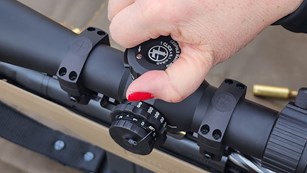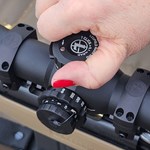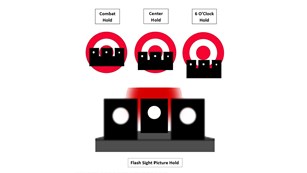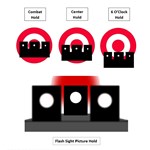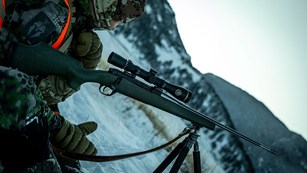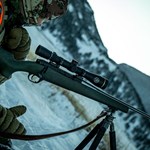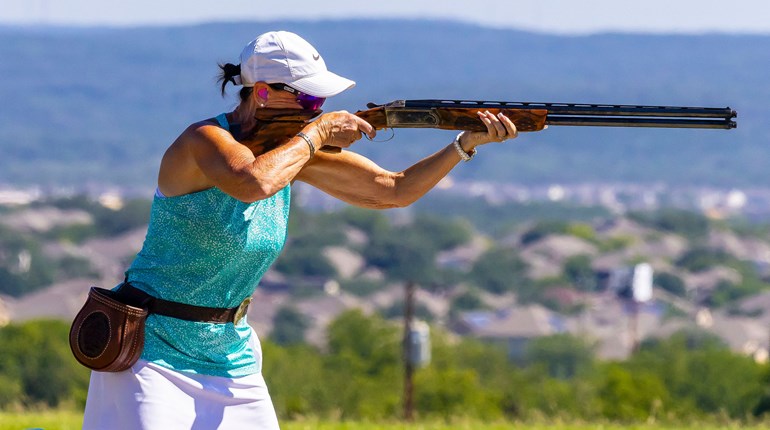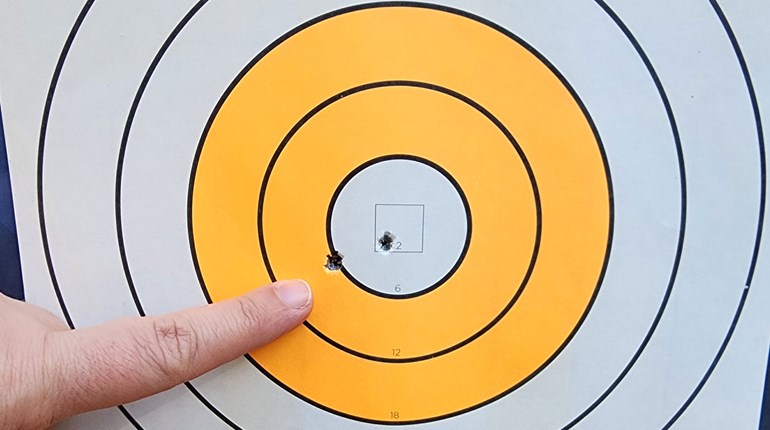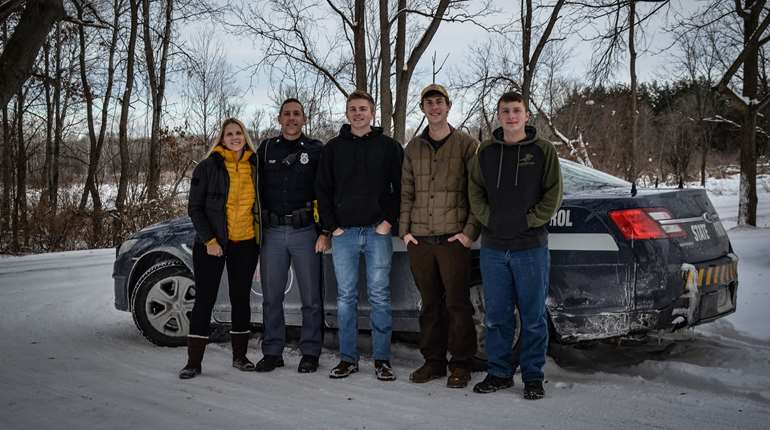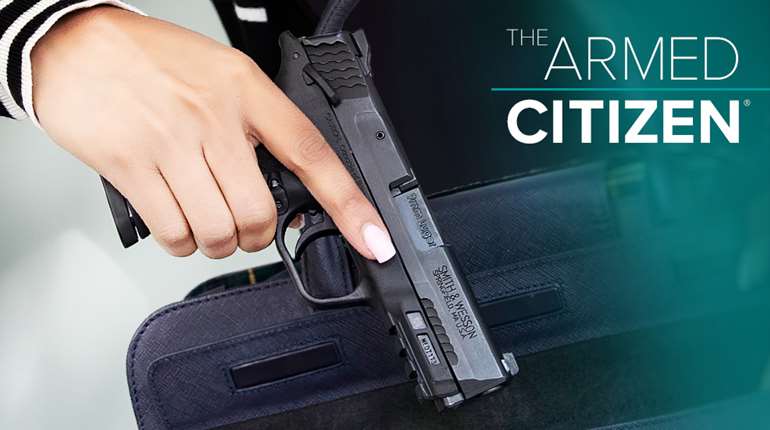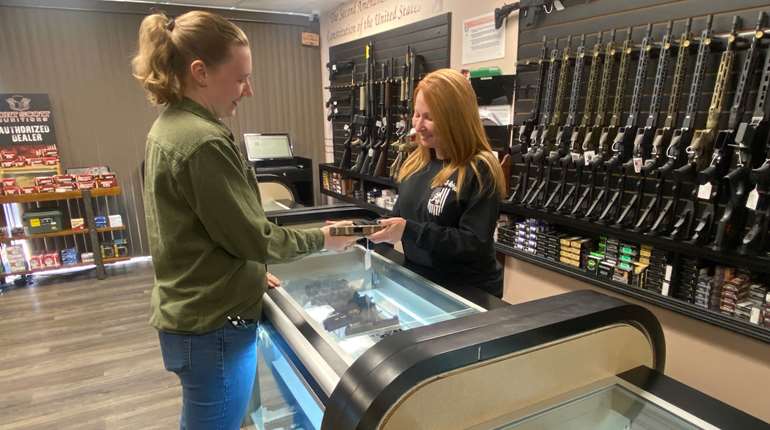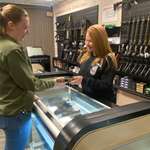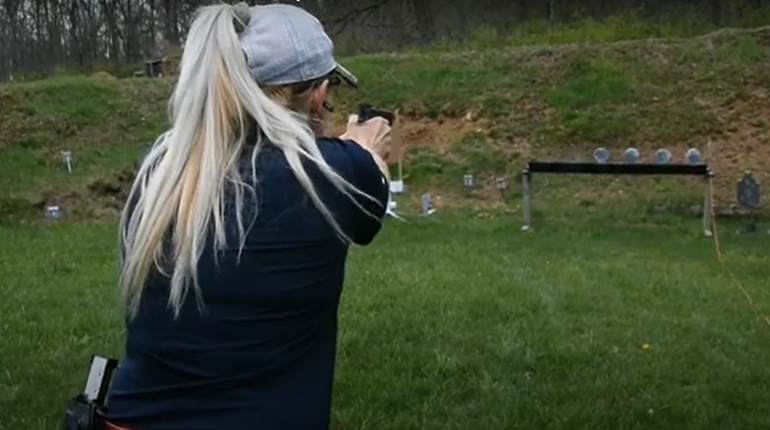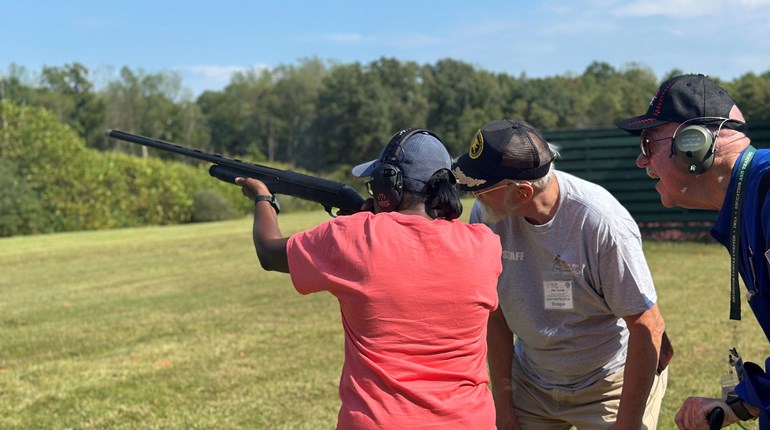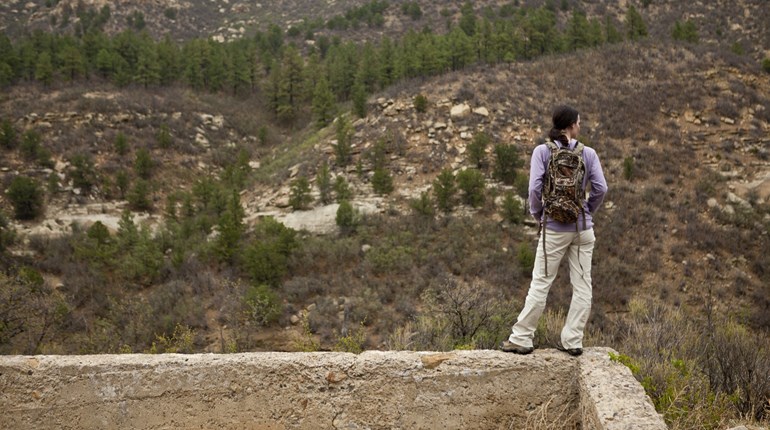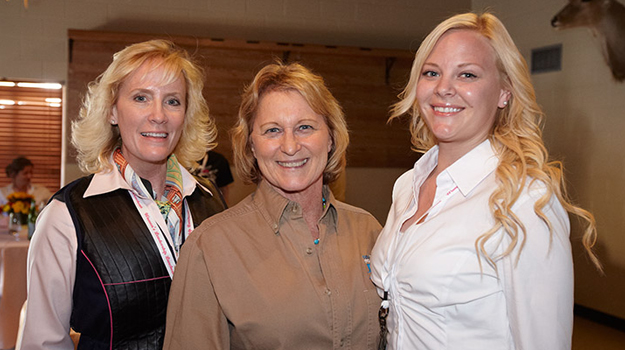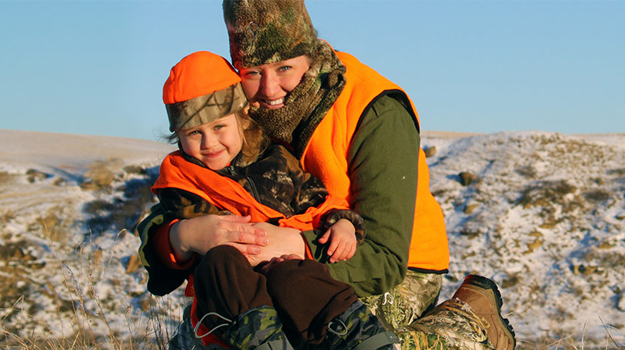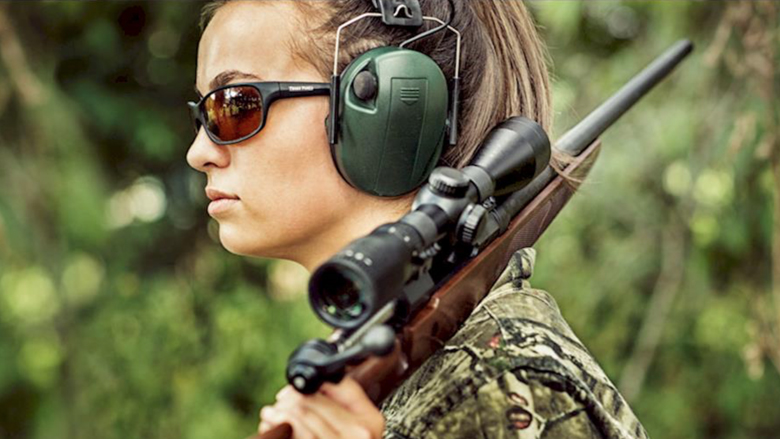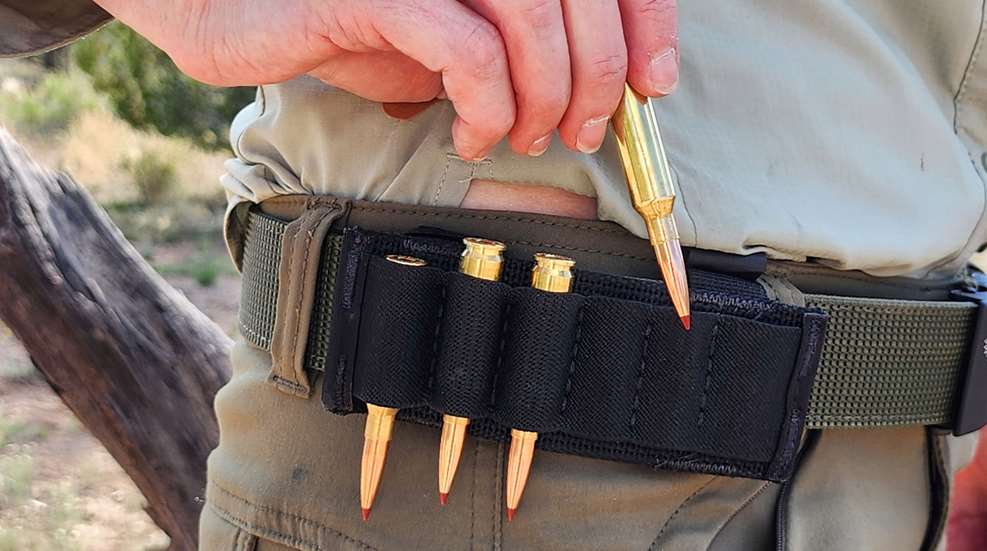
Whether your self-defense/home-defense firearm of choice is a handgun, a shotgun, an AR or something else, it’s important that you’re very familiar with how the gun works. This is a big part of what we’re training when we go to the range—we’re building familiarity with the gun, learning how it works and how it feels and how to fix problems when they occur. The more you do this, the better and faster you get at all aspects of gun handling, from loading to finding the sights to dropping empty mags and more.
Research shows us that the more we can automate those sorts of tasks to the point that our bodies can perform them without our brains having to think about it, the more our minds are freed up to concentrate on other things. When Caitlin Clark is on the basketball court, she’s not thinking about dribbling or counting bounces. She’s dribbled that ball so many times that she can do it very efficiently with zero conscious thought, freeing her brain up to look for shot opportunities or open players to pass to. When Olympic medalist Kim Rhode picks up her shotgun to shoot skeet, she’s not thinking about where to place her fingers or how to get the stock settled into her shoulder. She’s mounted that gun so many times that her body automatically puts it in the exact right spot without even thinking about it, freeing up every bit of brain power to focus hard on that clay target.
While Caitlin and Kim set a pretty high bar, that’s the level of automaticity we all want to obtain with our self-defense firearms: We want to be able to draw it, present it to the target, load and reload it, and do other basic tasks without having to think about it, so our brain can focus all of its attention on more important things, like analyzing the threat before us and deciding what to do about it. There’s no shortcut to this level of subconscious competence—you just have to do the thing enough times, properly, that it becomes automatic. The good news is that much of it can be done unloaded in dry-fire practice.
Along the way, you can work on building in another layer of competence that will benefit you in a self-defense scenario: Learning to work your gun entirely by feel instead of by sight.

Think about how often you look at your gun at the range. Take a handgun, for example. The very first time you drew from a holster, and certainly the first time you reholstered, you probably looked at the holster to see where the gun was. Then you pretty quickly learned to put your hand in the right spot without having to look.
You want to extend that same “work by feel” aspect to other parts of running the gun. For one thing, it helps build more familiarity, which is a good thing, but for another thing, you don’t know what you’ll be facing in a self-defense scenario. It might be dark. You might have something (like a threat) occupying your attention and you don’t care to take your eyes off of it. If you can operate your gun entirely by feel, you’ll be more versatile in your ability to handle any scenario.
You probably don’t realize how often you look at your gun, but most of us rely on sight much more than we think we do. You can probably drop the empty mag on your pistol without looking for the release button, but can you also grab a new mag off your belt and slap it into the gun without looking for the magazine well with your eyes? Can you run the slide to clear a jam without taking your eyes off the threat? Not all jams can be handled that way, but you should at least practice tap-rack-bang without looking, as that will take care of a lot of them.

Do you know what the follower in your shotgun feels like? If you feel the follower, you’ll know your magazine is empty—without having to look at it.
What about your home-defense shotgun? Can you grab shells off the side saddle with your weak-side hand and load them into the magazine—without taking your strong-side hand off the grip and without looking at the gun? Do you know what your follower feels like so you can tell without a glance that the magazine is unloaded? Take just a few seconds at each range trip to physically feel this with your finger or thumb so you can get used to the difference between touching a shell in the mag tube and a follower (which indicates there’s no shell). Can you find the bolt release button without looking for it? Are you able to perform a simple press-check entirely by feel to confirm there’s one in the chamber without having to turn on a light in a dark room? That one is still tricky for me, I’ll admit. It requires a certain amount of gymnastics to support the gun, open the bolt partway and feel the shell in the chamber. A third hand would be helpful, but I’m getting better at this with practice.
Even bolt-action rifle shooters can benefit from this, whether for defense or hunting or anything else. Can you find the ammo in your side saddle or on your belt and load a round into the chamber without having to look?
Some of these tasks will come easier than others—loading a long gun with your off-hand feels awkward for most of us until we’ve done it a lot—but all of them can be learned with enough practice. You’ll probably feel fumbly and slow at first, but keep practicing until it becomes second nature. When something goes bump in the night and you need to grab your home defense firearm and load it or confirm that it’s ready to go, all without the aid of your eyes, you’ll be glad you can operate your gun by feel and not by sight.




